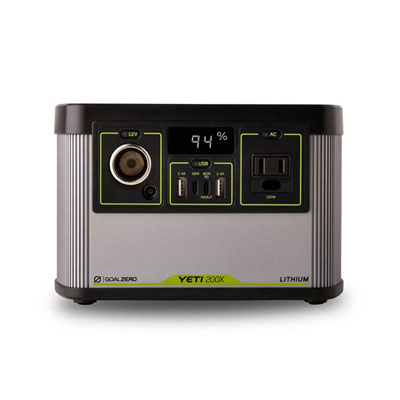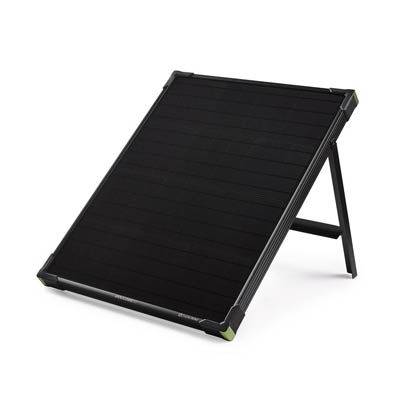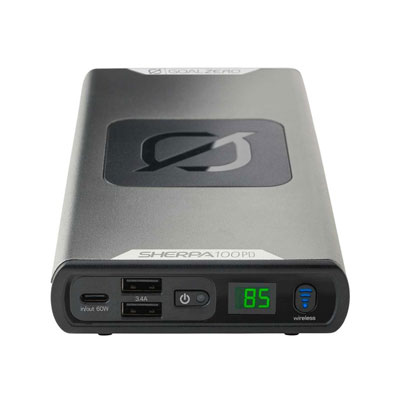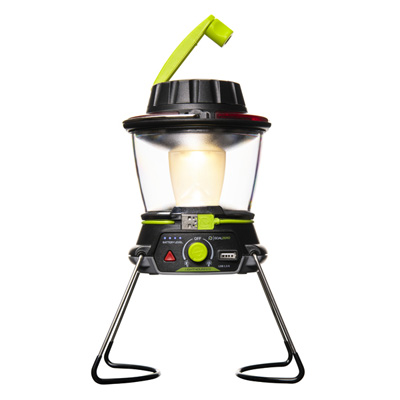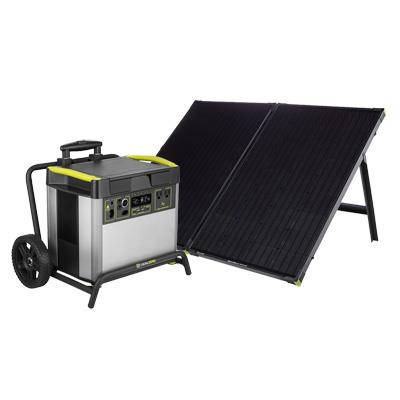- All generator sales are final.
- Discounts do not apply to generator purchases.
- Up to a 10 business day turnaround time within the continental US.
- Up to a 20 business day turnaround time in Alaska and Puerto Rico.
Yeti 200X Highlights
Compact, Lightweight Power Station
The Yeti 200X Power Station delivers high-quality lithium power you can rely on, housed in an ultra-portable design made to take anywhere. The 200X is one of the most lightweight power stations on the market and the lightest Goal Zero Yeti to date.
High-Speed Charging Solution
Equipped with the latest charging technology, including a high-speed Power Delivery port capable of charging USB-C laptops, tablets, mirrorless cameras, and phones in a fraction of the time.
Solar Ready
Charge the Yeti 200X from the sun with our portable solar panels while away from the grid and keep it topped off from a wall outlet when you're home.
Here's What the Yeti 200X can power
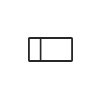







Yeti 200X & Recommended Add Ons for a Complete Kit
Additional Goal Zero Lithium Power Station
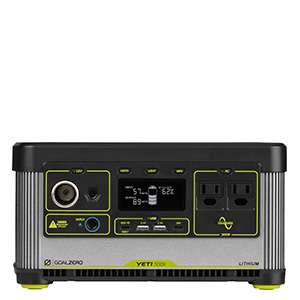
Yeti 500X
Great for extended camping trips, the 500 Watt Hours of this Yeti will power everything from phones to portable fridges.
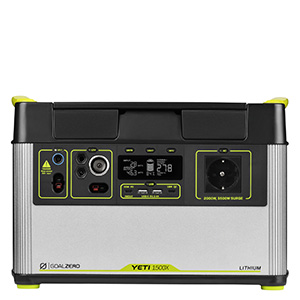
Yeti 1500X
Powerful enough for your emergency home backup while portable enough for van life or a job site.
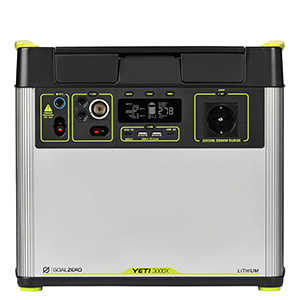
Yeti 3000X
With 3,032 Watt Hours you have enough power to back up home circuits when you lose power and it has ports to run everything from power tools to refrigerators.
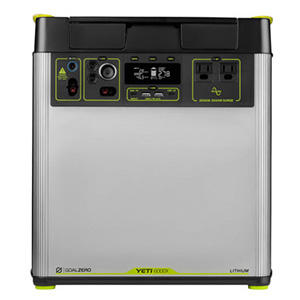
Yeti 6000X
6,071 Watt Hours and seven ports for power-hungry devices and appliances to power home circuits, RVs, trailers, work sites, and more.
Shop All Goal Zero Products
Yeti 200X FAQs
